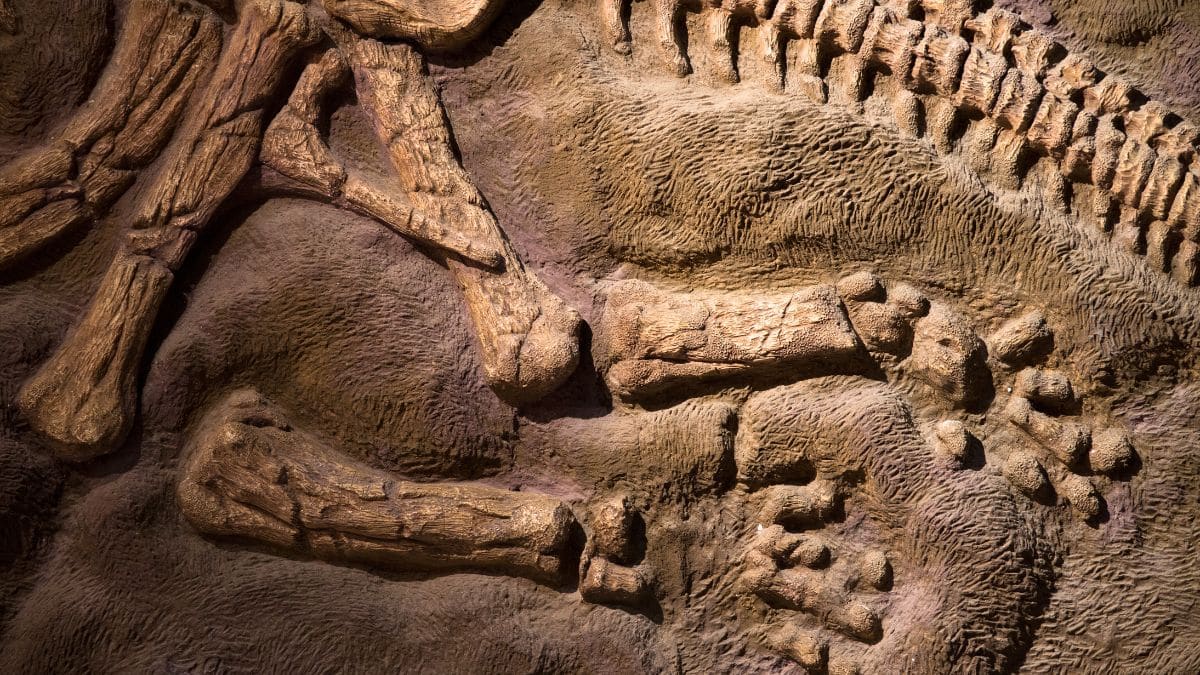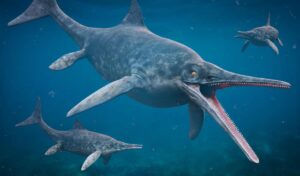The discovery of Cambelodon torreensis in Portugal’s Freixial Formation represents a pivotal moment in paleontological research. This remarkable fossil, unearthed in 2021, has provided unprecedented insights into the evolution of mammalian teeth and challenged existing theories about multituberculate development during the Jurassic period.
Revolutionary fossil discovery reshapes mammalian evolutionary timeline
In 2021, Dr. Graça Ramalheiro from Sociedade de História Natural made an extraordinary find at the Ulsa quarry within Portugal’s Freixial Formation. The well-preserved right lower jaw of a juvenile Cambelodon torreensis, complete with intact incisor and premolar fragments, has become a cornerstone discovery for understanding early mammal evolution.
This fossil dates to the late Tithonian age (approximately 152.1 to 145 million years ago) and represents the first definitive evidence of this new species. What makes this discovery particularly significant is how it has altered our understanding of multituberculates – a highly successful group of mammals that thrived for over 100 million years.
The geological context of the Freixial Formation provides crucial temporal positioning for this evolutionary revelation. While numerous fossils were recovered from the same block, the hemimandible of C. torreensis stands out for its exceptional preservation and scientific importance.
| Fossil Feature | Scientific Significance |
|---|---|
| Well-preserved right lower jaw | Enables detailed study of dental morphology |
| Intact incisor fragments | Reveals early mammalian dental development patterns |
| Preserved premolars | Demonstrates unique posteroanterior replacement process |
It’s staring right at us: AI reveals the Milky Way’s supermassive black hole is aimed directly at Earth
In China, a mountain range disappears under a sea of solar panels – creating the largest photovoltaic landscape ever deployed in the world
Unique dental patterns unlock evolutionary mysteries
The juvenile nature of the Cambelodon torreensis specimen has allowed scientists to examine its tooth eruption pattern in unprecedented detail. When compared with over ten different species from the Guimarota coal mine, researchers identified several distinctive features that confirmed this as a new species:
- Large triangular lobes on specific teeth
- Five projections on key premolars
- Nine basal cusps on its largest premolar
- Disorganized tooth replacement pattern
Most significantly, C. torreensis exhibits a posteroanterior replacement pattern – meaning teeth were replaced from back to front. This pattern was previously believed to be exclusive to the multituberculate family Paulchoffatiidae. However, its presence in this newly discovered species extends the known timeframe for this dental feature into the late Tithonian age.
The replacement process observed in C. torreensis appears disorganized, with teeth replaced at different stages rather than sequentially. This irregular pattern represents a fascinating evolutionary adaptation that had not been documented in fossils from this time period.
At 11 years old, she discovers a giant marine reptile that had been sleeping beneath our feet for 200 million years
They dumped 200,000 radioactive barrels into the Atlantic: French researchers launch an unprecedented mission to track them down
Broadening the evolutionary perspective of early mammals
The implications of this discovery stretch far beyond simply identifying a new species. The unique dental characteristics of Cambelodon torreensis suggest that evolutionary adaptations among multituberculates were more diverse and widespread than previously understood.
Published in the journal Papers in Palaeontology, these findings have prompted researchers to reconsider the evolutionary relationships within this mammal group. The complex tooth replacement patterns observed provide valuable insights into the environmental pressures and adaptive responses that shaped mammalian development during the Jurassic period.
This discovery opens numerous avenues for future research. Comparative analyses between C. torreensis and other multituberculate species could further illuminate evolutionary relationships. Additionally, continued excavation of the Freixial Formation may yield more fossils to enhance our understanding of early mammalian diversity and distribution.
- Detailed mapping of dental morphology evolution
- Reconstruction of Jurassic environmental conditions
- Analysis of adaptive pressures on multituberculates
- Examination of geographic distribution patterns
As paleontologists integrate this discovery into the broader narrative of mammalian evolution, the Portugal fossil site continues to yield secrets about our distant mammalian ancestors. The evolutionary journey of these ancient creatures, which resembled rodents with their distinctive dental patterns, becomes clearer with each new finding.







